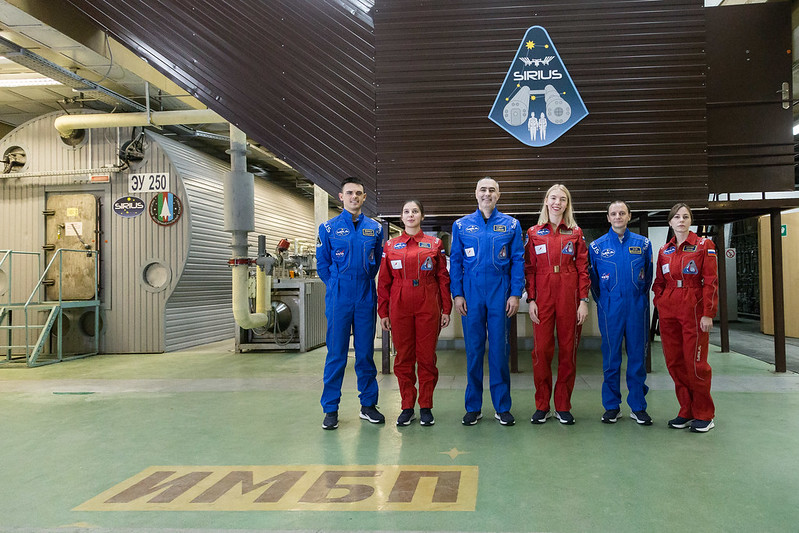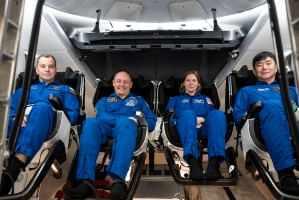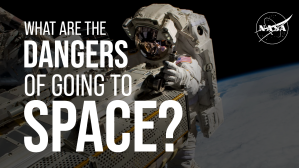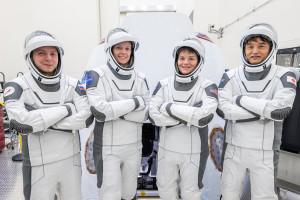Mission Overview
- Location: Institute of Biomedical Problems of the Russian Academy of Sciences, Moscow, Russia
- Environment: Closed Habitat
- Hazards Tested: Isolation & Confinement.
- Description: Nazemnyy Eksperimental’nyy Kompleks, or NEK, is a unique, multi-compartment facility used as an analog for isolation, confinement, and remote conditions in exploration scenarios. For a study of this kind, it offers unique aspects which are paramount to meeting NASA’s long-term goals of sending multicultural crews to the Moon, and eventually Mars. The pressurized facility can accommodate large international crews and operate for long-duration missions of more than one year. The crew members are physically isolated from the outside world and have limited communication beyond NEK’s walls. This allows the crew members to feel as if they are in an actual spaceflight environment.Missions through the Scientific International Research In a Unique terrestrial Station, or SIRIUS, represent an international, multicultural series of studies researching the effects of isolation and confinement on human psychology, physiology and team dynamics to help prepare for long-duration space exploration. A recently completed four-month mission occurred from March to July 2019. The six international crew members reported for training in January, prior to the start of the mission. Other NEK missions in the SIRIUS series will be longer in duration, lasting eight months and one year. With an international crew, the series of research will focus on studying multicultural team dynamics in an isolation environment.
- Research: The goals of the SIRIUS missions involve studying behavioral health and performance in an isolated environment over long periods of time. Assessments will specifically focus on team dynamics, physical and mental effects of prolonged exposure to confinement, sensory deprivation, monotony, and limited communication with the outside world. This also allows the development of countermeasures, which can be validated in flight. This type of research is important, since crews that will explore beyond low-Earth orbit will be international in composition, and will be more isolated and confined than humans have ever been.
- History: NEK, built in the 1960s, has a long history of conducting isolation studies and was built for this exact purpose. Previous missions include the Mars-500 Project that lasted 520 days. This was an analog study involving three missions conducted between 2007 and 2011, in preparation for an unspecified future human spaceflight to Mars. The first mission of Mars-500 was 14 days, followed by a 105-day mission. The final Mars-500 mission, which simulated a 520-day human mission, was conducted by an all-male crew consisting of three Russians, a Frenchman, an Italian, and a Chinese citizen. The experiment yielded important data on the physiological, social and psychological effects of long-term, close-quarters isolation.
- Stages of the project:
- November 2017: 17 days (completed)
- 2019: 4 months (completed)
- 2021-2022: 8 months (planned ingress November 2021)
- 2022-2023: 12 months
- 2023-2025: possible additional annual missions
SIRIUS-19 Booklet (PDF)
Key Messages
1. The SIRIUS missions are an international and multicultural spaceflight analog project, paramount to NASA’s long-term goals of sending humans to the Moon and Mars.
2. The SIRIUS missions are an integral component in understanding how the human body and mind adapt to increasing durations in spaceflight missions with crews from different countries and cultures. This knowledge will help prepare humanity for long-duration space exploration.
3. The SIRIUS missions offer a unique environment to study the hazards of human spaceflight, especially the effects of isolation and confinement, which will help reduce risk and ensure safety of astronauts.




































